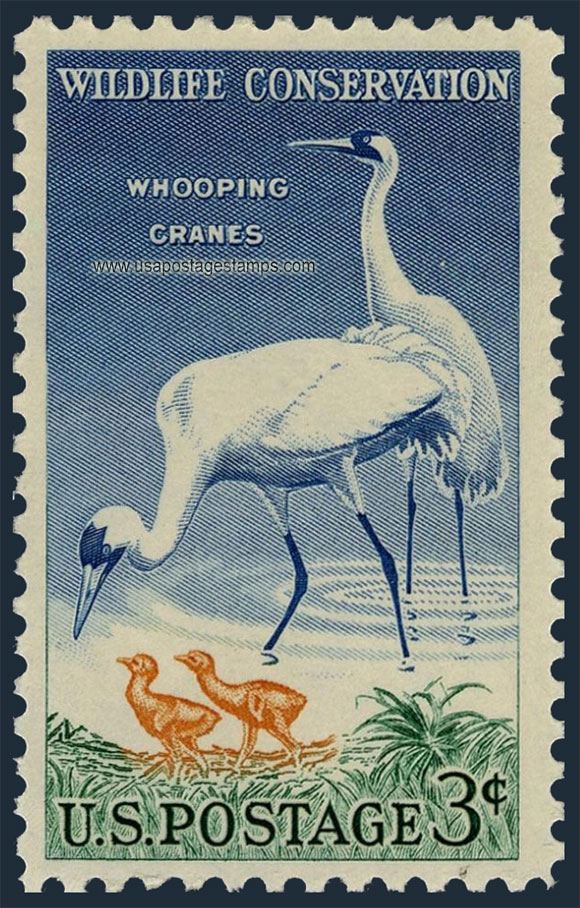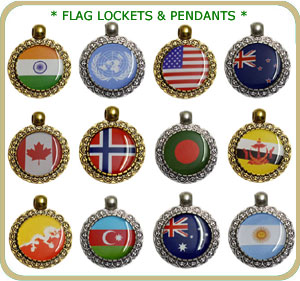US 1957 Wildlife Conservation ; Whooping Crane 3c. Scott. 1098

Series: Wildlife Conservation Issue
Stamp details: Whooping Crane (Grus americana)
Issued date: 22-11-1957 (dd/mm/yyyy)
Face value: 3c.
Emission: Commemorative
Watermark: No Watermark
Catalogue No:-
Scott (USA): 1098
Stanley Gibbons (UK): 1100
Michel (Germany): 721
Yvert et Tellier (France): 612B
Dimensions (height x width):
40mm x 26mm
Printer: Bureau of Engraving and Printing
Print Method: Rotary press
Stamp Colors: Blue, ocher and green
Perforation: Perf 11 x 11
Themes: Birds, Cranes, Environment Protection
Total print: 174,372,800 (estimate)
Stamp details: Whooping Crane (Grus americana)
Issued date: 22-11-1957 (dd/mm/yyyy)
Face value: 3c.
Emission: Commemorative
Watermark: No Watermark
Catalogue No:-
Scott (USA): 1098
Stanley Gibbons (UK): 1100
Michel (Germany): 721
Yvert et Tellier (France): 612B
Dimensions (height x width):
40mm x 26mm
Printer: Bureau of Engraving and Printing
Print Method: Rotary press
Stamp Colors: Blue, ocher and green
Perforation: Perf 11 x 11
Themes: Birds, Cranes, Environment Protection
Total print: 174,372,800 (estimate)
Description:- The whooping crane (Grus americana) is the tallest North American bird, named for its whooping sound. It is an endangered crane species. Along with the sandhill crane (Antigone canadensis), it is one of only two crane species native to North America. The whooping crane's lifespan is estimated to be 22 to 24 years in the wild. After being pushed to the brink of extinction by unregulated hunting and loss of habitat to just 21 wild and two captive whooping cranes by 1941, conservation efforts have led to a limited recovery.[3] The total number of cranes in the surviving migratory population, plus three reintroduced flocks and in captivity, now exceeds 800 birds.
Source: en.wikipedia.org/wiki/Whooping_crane
Source: en.wikipedia.org/wiki/Whooping_crane




